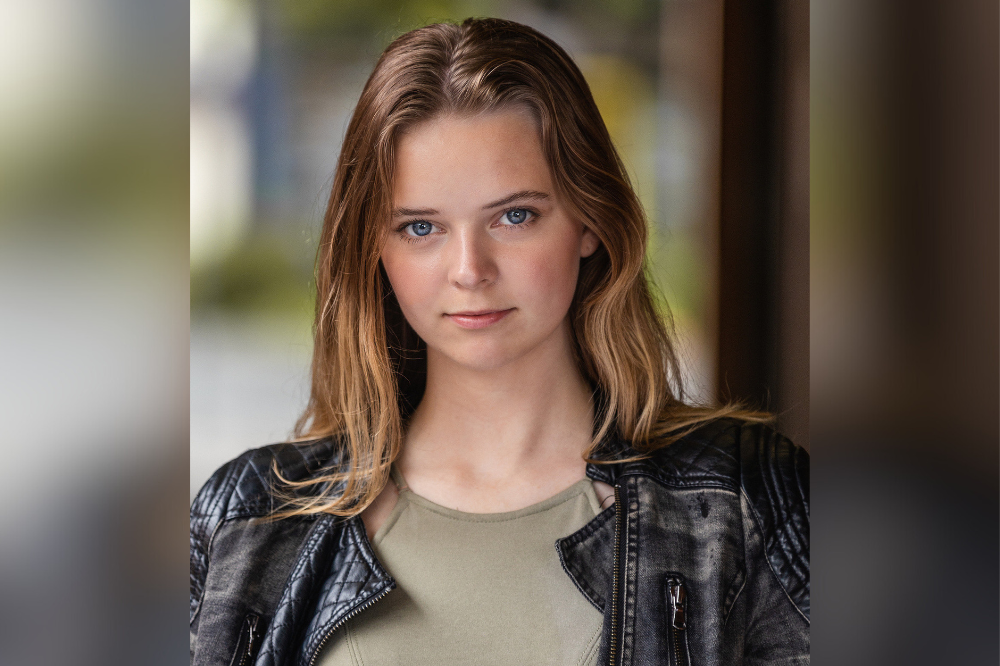
At just 23 years old, Hannah Pengilly garnered a massive following of 3 million users on TikTok, has her own Spotify original podcast, and studies teaching at the University of Canberra.
Indeed, Pengilly's remarkable achievements are all the more impressive considering her unique learning journey.
As a neurodivergent learner with ADHD, Pengilly didn’t grow up processing information like most others.
She says one of the most helpful factors that enabled her to overcome these challenges was supportive teachers, who allowed her to approach tasks in diverse or creative ways, leading to enjoyment, and confidence in learning, rather than feeling inadequate compared to her peers.
“The classes I enjoyed most were practical, project-based lessons that required students to utilise multiple skills outside of intellectual talent,” Pengilly told The Educator.
“This built confidence within myself, helping me feel like I was valued as a student, outside of the bounds of my intellectual skill.”
Pengilly said teachers who instilled confidence in her and encouraged her creative skills helped her understand that she had strengths outside of academics.
“This is the reason I continued with my studies, even though some were intellectually challenging because I knew I had valuable knowledge of a lot of things, even though I struggled intellectually.”
Unlocking a world of new possibilities
Pengilly said digital technology has played a critical role when it comes to making the most out of her artistic abilities.
“As many who have followed my journey on social media know, ever since I was gifted an iPad and Apple Pencil at the age of 16, I have been obsessed with Procreate to draw, create tattoo designs and animate,” she said.
“I had a passion for art long before I discovered the magic of technology, however, it wasn't until I received my very first iPad that I realised the vastness of creativity in the digital space. Suddenly I was able to bring drawings and designs into reality in a matter of minutes, without the need for a thousand different coloured pencils, or hundreds of dollars’ worth of paint.”
Moreover, Pengilly was able to take her iPad anywhere to find inspiration and combine many styles and techniques in one space.
“Technology also played a vital role when it came to my journey through school and into the creative industry. Throughout school, I was continually utilising technology to make learning more accessible,” she said.
“Technology allowed me to access so many different ways I could learn and link ideas without reading and writing: Using text-to-speech and dictation tools, linking ideas together through digital mind-mapping, as well as consuming information through images and videos.”
Pengilly said her hope as a future teacher is that she is able to inspire her students “by opening up the vast sea of possibilities, beyond their books and essays, to the world of knowledge and tools that technology allows.”
“I hope to not limit my students to specific learning styles, but encourage them to go deeper, discover more, try things they've never tired, and really take advantage of all the wonderful resources the world has to offer.”
Lacking original ideas? Step outside your comfort zone
Pengilly said that within her own lived experience, she has found many classrooms outside of elective subjects lacking in teaching creativity in learning.
“I think creativity is not a skill that should be limited to only the 'creative' subjects, but is more like an attitude that can be applied to any experience in life,” she said.
“I think the biggest challenge for teachers now is finding creative ways to instil these attitudes in students. Creativity is defined as ‘the use of imagination or original ideas to create something’, which means finding new ways to assess, and new ways to teach.”
Pengilly said this starts with the teacher, who models what creativity looks like, from teaching content, to how they assess students.
“Too often I found my teachers resorting to default assessment tasks such as an essay or quiz, but what if we were to open a door of possibilities for assessments, looking for new original ideas on how we could assess students? Suddenly, the world is their oyster,” she said.
“The good news is that we are in an age where there are so many resources and possibilities out there to be explored, we simply need to find them.”
Pengilly said this makes it all the most important for teachers to step out of their comfort zone and discover original ideas.
“We as teachers need to start identifying what students love about learning, and the skills they excel at, and embracing that, rather than finding workarounds, and reverting to the’ default’ learning style.”


